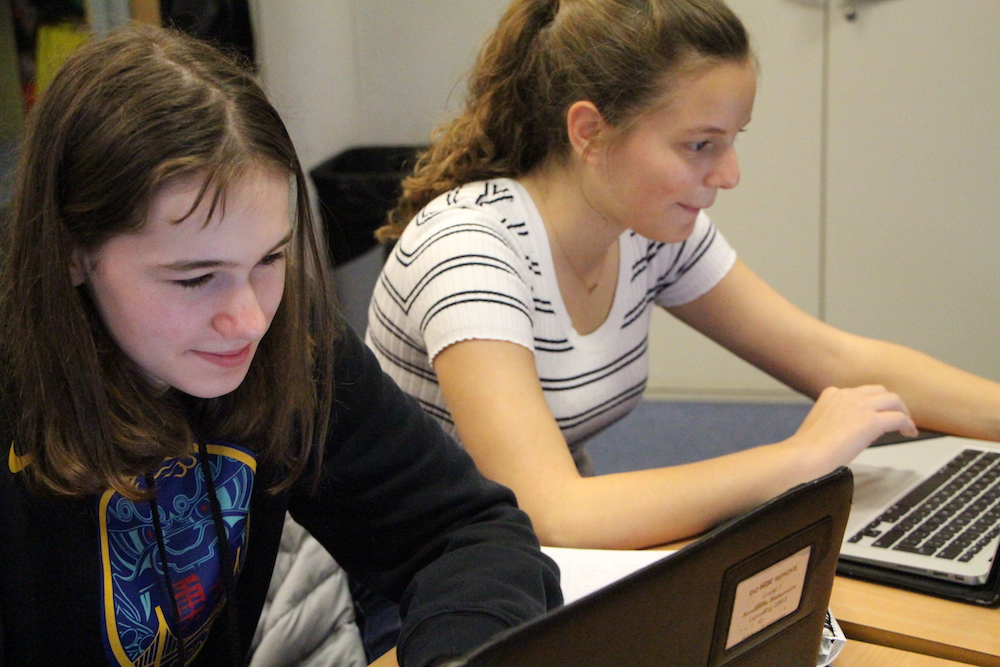When many people think of social studies, they think of history, geography, and maybe even world religions and cultures. But in reality, there is so much more. It is because of this misconception that schools and teachers around the world are now beginning to reconsider some of the traditional methods of teaching social studies.
Instead of solely focusing on the events, dates, and people of the past, modern social studies places a greater emphasis on a concept called “inquiry-based learning,” which in this context essentially means allowing students to creatively explore different elements of history and culture while also using critical thinking and analysis to deepen their understanding and make meaningful connections with their own life. In addition, students are given the freedom to explore topics of their choice that they find relevant or interesting, which increases the overall level of student engagement and deeper learning that takes place in the classroom.
Yet, shifting important educational foundations of an entire institution does not happen easily. When seventh grade teacher Mr. Latham Cameron first came to ASL seven years ago, the social studies class he taught was very different from what it is now. “The curriculum was based around the content,” he said, “It was like a traditional history class.”
At this time, the concept of inquiry based teaching was becoming just popular in some schools around the world, and ASL was just starting to adapt a similar concept. Over the next several years, significant revisions were made to the social studies curriculum; however no system was yet to accomplish what is viewed as “authentic” learning by Mr. Cameron. That is, until about a year ago.
Although the idea of inquiry-based learning is not new at ASL, and the concept is still being effectively implemented into most classrooms around the school, the current social studies curriculum that was adapted a year ago to the social studies classroom is a significant improvement in terms of challenging students with meaningful inquiry. According to middle school assistant principal Ms. Katie Shefren, the current curriculum aims to “look more at the other elements of history or current events that kids might not be exposed to in that traditional format from the past.”

To provide a better idea of what this actually looks like, it is helpful to consider the seventh grade social studies classes taught by Mr. Cameron and Mr. Todd Rooks. Throughout the first and second semester of this school year, seventh grade students have been involved in in-depth inquiry projects related to a topic of power (and change) of their choosing.
The projects start with just initial observations of students’ own lives and their experiences, but evidence is then gradually incorporated from current events around the world and finally a historical connection is made to important events or concepts from the past. The project ultimately ends with students presenting their research through a creative lens in which they can effectively communicate their ideas, such as a poster or Ted Talk.
There are many reasons why this new system of social studies is effective. To begin with, the flexibility and freedom that is allowed within the class gives students the opportunity to explore and learn about topics that actually interest them, which allows their research to expand way beyond just the textbook. “Because of the power I’ve had over my learning, I feel like I’ve developed many different skills that weren’t as strong before,” said seventh grader Sophia Bassi. “I‘ve developed a lot of independence because there isn’t as much teacher guidance.”,
Instead of memorizing dates and studying history that may seem unrelated and pointless, students in current social studies classes are exposed to the past through the perspective and experiences of their own life, which makes the learning a lot more meaningful.“You get a lot of freedom and choice to study what you think is important and what you think needs changing,” seventh grader Rudi Chamria said.
As Bassi and Chamria said, when students are given more freedom and choice of their learning, their engagement will usually increase along with their interest level. As Mr. Cameron pointed out, “Learning should be rooted in your day to day experiences,” and getting students to recognize this is what the social studies classrooms in the ASL middle school hope to achieve.
